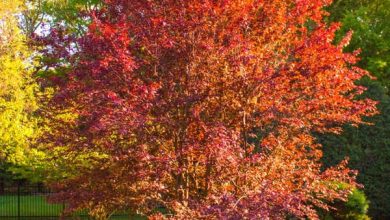How to Fertilize a Kentia Step by Step – Sembrar100
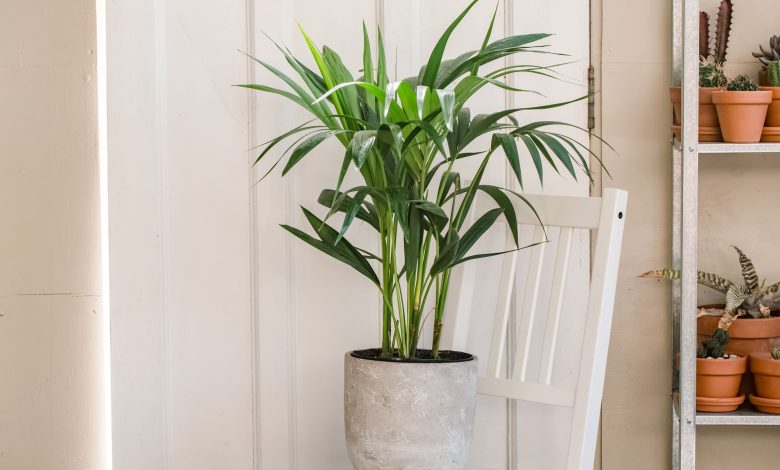
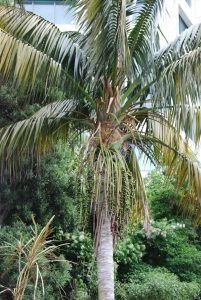 Kentias are beautiful plants to work with in interior and exterior decoration, since with their shape and vigor they add a lot of character to any space.
Kentias are beautiful plants to work with in interior and exterior decoration, since with their shape and vigor they add a lot of character to any space.
Having them well cared for and healthy involves working on everything related to the fertilizer for kentias depending on the place where you have them planted.
This is a process that consists of three basic aspects: nutritional needs, the time to fertilize and the type of fertilizer to use.
And all that (and more) is what we will talk about in the following lines, so it is better that you do not miss a single detail. Shall we start?
Why is it important to pay the kentias?
Kentias need to be fertilized to ensure that their foliage will grow fresh, radiant, green and vigorous each season.These plants are recognized for offering that aspect of palm trees that expands even more when the necessary nutritional contributions are made.
At this point, it must be clarified that the place where the kentia is planted will say a lot about the benefits that it will obtain from the fertilizer. Normally those that are indoors need fewer resources, but they must be paid more frequently due to the low storage capacity they have in the pots.
That is, the substrate, being in less quantity, loses nutrients more easily when irrigation is generated. Outdoors, kentias are able to get what they need from the environment with little effort.
However, in all cases, a correct subscriber plan will help them to be in optimal health conditions. And that will be reflected in its ability to deal with possible problems with pests or diseases that want to wreak havoc on its structure.
How often should we pay the kentias?
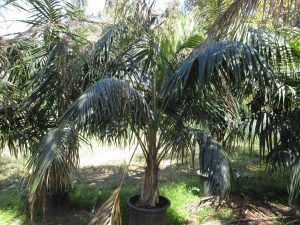
Kentias need to be fed consistently throughout the spring and summer to really be healthy and vigorous.
This is a scheme that you must follow yes or yes when you have the kentias indoors, becoming less mandatory with those that are outdoors.
The frequency of application is recommended to be fortnightly to ensure a good processing of nutrients.
During the autumn and winter season it is better to rest the fertilizer plant because, in any case, it does not need it.
What nutrients do kentias need?
In this case, the kentias are known for their long and beautiful green leaves and to maintain that life scheme, nitrogen (N) is the main element.In other words, any fertilizer you choose should have the highest level of nitrogen, but without neglecting the rest of the macroelements, such as potassium and phosphorus.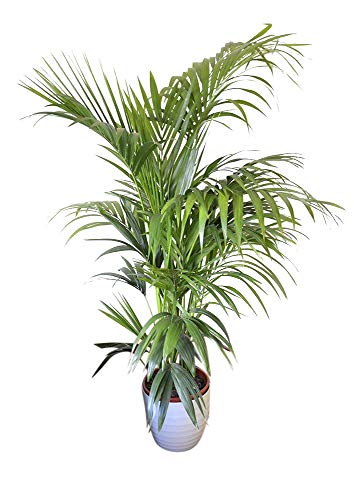
In the case of microelements, you must take care that they are also added in a balanced way. To achieve this result, make sure that the fertilizer used, especially if you have bought it, indicates the content of microelements present.
What kind of fertilizers do kentias need?
The kentias respond well to the subscribers that are made with water-soluble formulas to apply together with the irrigation water. These subscriptions are for commercial sale and the choice of one or the other will depend a lot on what you want to achieve with your kentia.
The best option in this case are fertilizers for green plants because they have a higher concentration of nitrogen in their composition.
If you want to take advantage of homemade fertilizers, such as compost, they also accept them very well. These will not need to have such a frequent application.
How do we prepare fertilizer for the kentias?
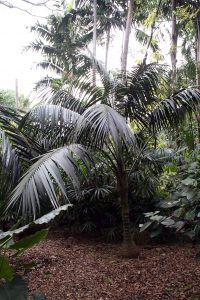 You will prepare the fertilizer for kentias according to the instructions that the manufacturer tells you in the container where you buy it.
You will prepare the fertilizer for kentias according to the instructions that the manufacturer tells you in the container where you buy it.
These instructions are intended to meet the requirements of kentias that are in regular planting conditions.
That is to say, that they are in a good substrate, with available light, ventilation, that the risks are fulfilled and the humidity level is optimal.
Therefore, you should always assess that the application is adjusted to the particular characteristics of your plants. If you have doubts because you have never used one of these products before, it is better to apply a smaller amount than that indicated by the manufacturer.
Thus, you will have the opportunity to regulate the levels based on the result that the plant shows you after each application. Homemade organic fertilizers follow a slightly different preparation and application scheme. The main thing is that they are well decomposed before applying.
Here the idea is to incorporate the organic matter in the substrate with a monthly regularity in the summer months, suspending it in the rest of the year. It is also possible to work with a little fertilizer, such as worm castings, in early spring to help the kentia start the season with a lot of energy.
How do we detect if the kentias need fertilizer?
The lack of vigor in the leaves will be the main element that you will have to take into account to refer that something is wrong with your kentia. It will not always be problems related to nutrient deficiencies because it could also be due to excessive irrigation, for example.
The idea is that you value all the aspects that are related to the care of the kentias and define whether you have fulfilled them or not. If you are not satisfied, act according to the fault you have defined. If you consider that everything is going well, it is very likely that the problem is in the subscriber.
Apply the fertilizers as we explained above, following the proposed scheme. Just because the kentia is short of fertilizer does not mean that you have to pay more in a single application.
The fertilizer for kentia is a process that will be very useful to you throughout the journey as a grower of this species. Although there are people who assure that they do not need it, the reality is that applying the fertilizer correctly will contribute to greatly improve your health.
It is a topic that you can work with schedules so that you do not take much time and still get impressive results in return. Will you move forward with it?
Bibliographic references
- The Big Book of Houseplants, MR Coll, MF Terricabras – 2018 – books.google.com
- The Big Book of Exotic Plants, P Blin – 2020 – books.google.com
- Nutritional problems of ornamental horticulture on the island of Tenerife, J Pérez, JL Cruz, A Gavela – sech.info
- Kentia, the royal palm of Sicily, GF Sportelli – Colture Protette, 1999 – sidalc.net
Maybe you are also interested in:


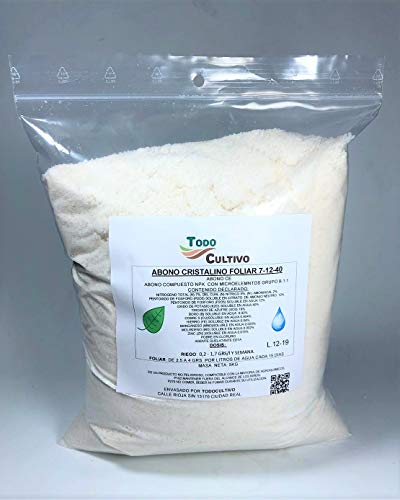

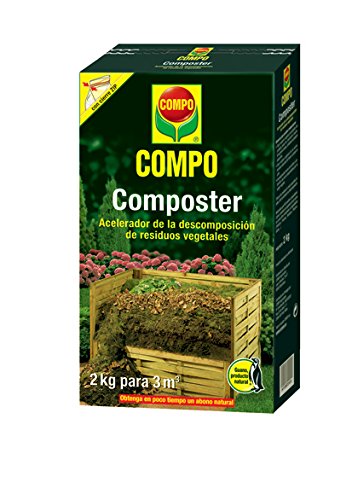
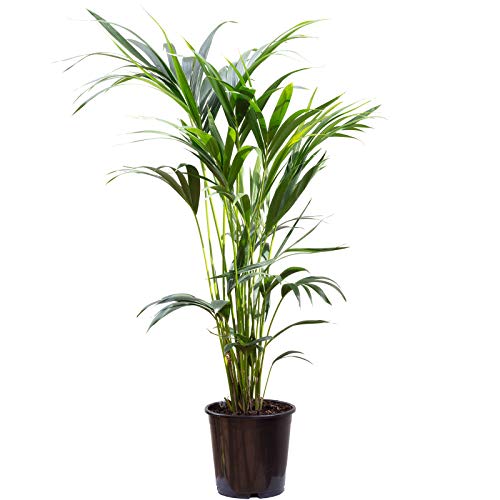
![Photo of Australia Climate: [Characteristics, Flora, Fauna and Adaptability]](https://www.complete-gardening.com/wp-content/uploads/2022/08/australia-climate-characteristics-flora-fauna-and-adaptability-390x220.jpg)
![Photo of Sow Basil: [Planting, Care, Irrigation, Substrate and Pests]](https://www.complete-gardening.com/wp-content/uploads/2022/08/sow-basil-planting-care-irrigation-substrate-and-pests-390x220.png)
![Photo of Plant Radishes in your Garden: [Guide + 12 Steps + Images]](https://www.complete-gardening.com/wp-content/uploads/2022/08/plant-radishes-in-your-garden-guide-12-steps-images-390x220.png)
